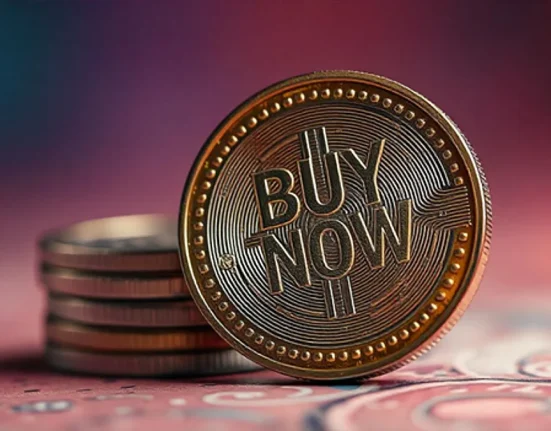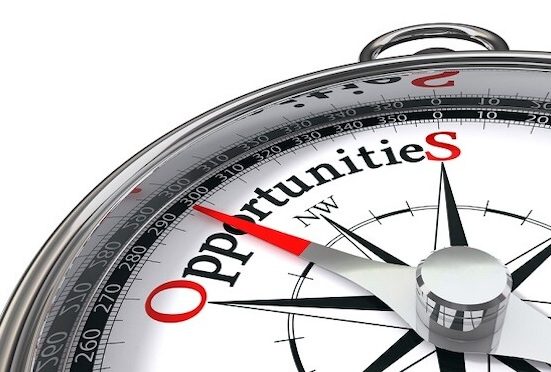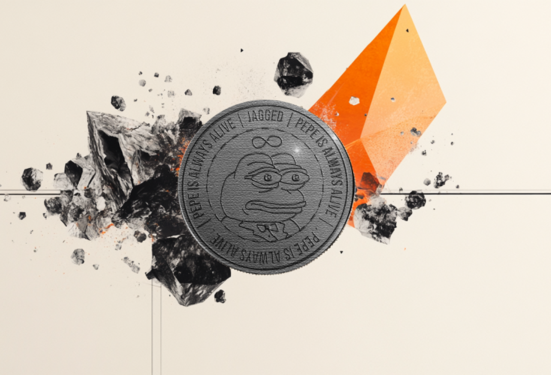Rasmus Errboe might have hoped to have more time to see through his first plan to turn round the fortunes of the world’s largest offshore wind developer following a bruising few years.
The 46-year-old Dane was promoted to the top job at Ørsted at the end of January and shortly after slashed its investment plans by a quarter, in a bid to restore its finances without having to tap shareholders for more cash or lose its investment grade credit rating.
In the past few years Copenhagen-listed Ørsted’s aggressive expansion has been battered as high interest rates deflated a bubble in green energy stocks and the US renewed its enthusiasm for fossil fuels.
But his plans were left in tatters after US President Donald Trump ordered in April that rival Equinor stop work on a vast wind project off the New York coast. It spooked investors and collapsed Ørsted’s plans sell a stake in its own nearby project, known as Sunrise Wind.
“Investors substantially increased their return requirements,” says Errboe.
That left a funding gap and this month Ørsted was forced to turn to shareholders after all. Errboe announced a DKr60bn ($9.4bn) rights issue to fund the offshore US project and provide a buffer for other projects.

Shareholders scattered in the wake of the highly dilutive cash call. The Danish company’s shares suffered their worst week on record, falling more than 30 per cent and driving its market capitalisation down to $13.8bn.
The proportion of the company’s stock on loan — a rough proxy for short interest, where investors bet the stock has further to fall — also surged to record levels.
It is a far cry from early 2021, when enthusiasm over green energy stocks pushed the company’s valuation to $90bn, more than FTSE 100 oil company BP.
Errboe and his bankers and advisers are now trying to drum up support for the cash call ahead of the critical shareholder vote at the start of September. Underwriters Morgan Stanley have yet to set the offer price.
The Danish state, which owns 50.1 per cent of Ørsted, has committed its support, in effect bailing out the company and underscoring the strategic importance of offshore wind to Europe.
Equinor, the Norwegian energy group which owns 10 per cent of Ørsted, says it will engage with Ørsted. Other large shareholders declined to comment.
Having aggressively expanded when interest rates were low, Ørsted is now trying to fund and finish a massive building programme against a very different economic and political backdrop.
The stop work order on Equinor’s Empire Wind project — which led to Ørsted’s rights issue — was lifted in May as part of a deal allowing a long-stalled gas pipeline in New York to go ahead. But for Ørsted, the damage had already been done.
“We consider the delay in [the sale of Sunrise Wind] further evidence that Ørsted’s overall business environment has deteriorated,” said S&P Global Ratings, which on Thursday cut Ørsted’s credit rating to one notch above junk.
The company is retreating from onshore wind and hydrogen and carbon capture investments, to try and focus on offshore wind.
That is despite Errboe’s warning in April that the industry was at risk of a “downward spiral” due to rising costs and supply chain strains. Several developers had to pull out of projects in the US even before Trump was re-elected, while some European countries have struggled to attract developers.
Errboe believes things have now improved, pointing to more favourable terms in auctions for offshore wind leases or subsidy contracts, including in the UK where the government plans to lengthen new subsidy contracts.
“Across all scenarios, offshore wind will continue to be an essential part of the energy mix in Europe, in our view,” Errboe said last week.
In particular, Ørsted is focused on finishing the mammoth 8.1 gigawatts of power generation from offshore wind farms it is currently building around the world, including projects off the coasts of Taiwan and Poland.
Ørsted has earmarked their completion by the end of 2027 and collectively they account for about $16.5bn of the $22.7bn in capital expenditure that it has committed to by the end of that year.

It plans to fund that spending mostly through a combination of the rights issue, cash flow and selling off assets such as stakes in wind farms and its entire European onshore wind business.
The offshore wind projects should boost earnings before interest, tax, depreciation and amortisation by $1.7bn-1.9bn a year, the company said last week.
Mark Freshney, an analyst at UBS, said there is a “hump” in Ørsted’s capital expenditure. “Net debt goes up substantially in the next two years. But then all of a sudden capex effectively stops in the second half of 2027.”
But significant construction delays or problems selling assets, such as the company suffered with Sunrise Wind, could renew investors’ jitters.
Ørsted transformed itself from an oil and gas driller to world’s largest offshore wind developer on the back of its so-called “farm-down” model, which involves selling stakes in projects in order to fund new ones.
But the model is more challenging in an era of higher interest rates, as investors need higher returns. The two largest projects, Hornsea 3 off England’s eastern coast, and Baltica 2 in the Polish part of the Baltic Sea, are only about 10 per cent complete.
“The business model for operators like Ørsted relied on bringing in investors with cheap capital, but these investors are either no longer available or only with more expensive capital,” says Jérôme Guillet, managing director of energy fundraising specialist Snow.
Analysts and investors are watching particularly closely Ørsted’s efforts to sell a stake in Hornsea 3, which S&P calls “material” to the developer’s ratings. The company says it has a preferred bidder and talks are on track.

Trond Westlie, Ørsted’s chief financial officer, sought to reassure markets after S&P’s downgrade, saying it did not impact the company’s plans and the 8.1GW building programme is on track. Moody’s has maintained its Baa2 rating on Ørsted.
Investors are out there, experts say. “Offshore wind is attracting a lot of capital,” says Mortimer Menzel, managing partner at specialist advisory Augusta and Co. “It’s still the biggest place where you can spend renewable dollars.”
But shareholder confidence in Ørsted was damaged even before the rights issue, notably when it abandoned two major projects in the US and halted one in the UK.
“There is a question over what else can go wrong — and are they also not letting us in on something else they are worried about,” says Deepa Venkateswaran, a power and utilities analyst at Bernstein.
Even so, there are signs of demand for the cash call. “It’s a bun fight,” said one banker.







